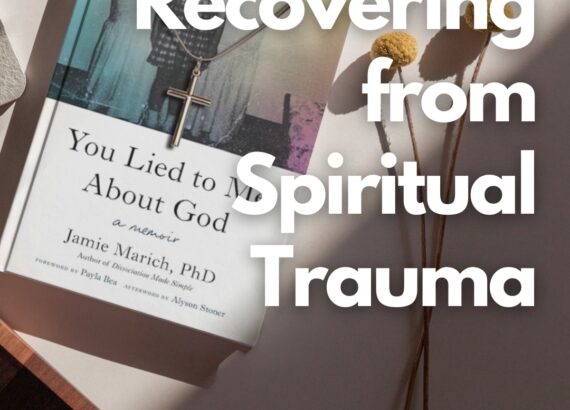Attachment Work & EMDR (71)

On today’s episode of Notice That, Jen and Bridger discuss parent/child attachment and EMDR.
Importance of the First Relationship
- We rely on intimate relationships for our development.
- Simply, the first relationship establishes the templates by which you will develop for the rest of your life.
- We alter ourselves in response to the way needs were met.
- This is the underpinnings of all disorders.
- Importantly, this isn’t just occurring in abusive families.
- Rather, it’s human nature.
“Personality is a response of behaviors that are seeking to maintain the homeostasis established in the dynamic between the parent-child first relationship.”
Attachment & Ruptures
- It’s unrealistic to expect no ruptures.
- Instead, focus on repairing those ruptures.
- In fact, it’s through the repair we grow.
- Thankfully, repairing ruptures can be done without the other person.
“When we’re working with somebody in the room, we’re not just working with them. We’re working with all the relational templates they’ve gathered.”
EMDR & Attachment Work
- Always orient back to early attachment relationships
- REmember, every true float back will land at the first relationship
- Seek answers to how the client learned who they are within that first relationship.
- Ask questions like “what tricks did you learn you needed around mom?”
- Because those strategies become generalized templates
- In short, keep in mind all those important attachment experiences, and then start to think of how to create those opportunities in a session.
Practical Examples
- Bridger explains how he works with children (31:37)
- Jen gives a specific exercise (39:09).
- Bridger gives a specific example (40:42)
Attachment Work with Adults
- Recreate attachment experiences in sessions.
- This can be done by offering them a blanket when they’re cold.
- Targeting these ruptures in attachment can be supportive,
- But, won’t provide the generalized healing they’re after.
“I don’t remember.”
- Strategy of their system to edit out intolerable experiences
- Importnatly, memory is naturally stored symbolically, not linearly.
- Therefore, it’s not necessary for them to remember specific examples
- Rather, just ask their body questions: who did you turn to when you were hungry?
- This is enough to activate their system.
- Which is enough to work on healing those attachment wounds
Did you know? After full completion of Beyond Healing Institute’s Somatic Integration and Processing training, each participant can receive 21 NBCC hours.
Beyond Healing Center
- Visit our website for all things BHC
- Contact us about retreats and therapy
- Contact us about training and consultation
Beyond Healing Media
- First, listen to our past episodes of NT here
- Then, check out more Beyond Healing podcasts
- Give your support and gain access to exclusive content through Patreon
Interested in supporting a child?
- https://www.patreon.com/BurntOutEducator
- 100% of the proceeds donated to the Burntout Educator will provide therapy for a child in the public school system.
- Not therapy capped at a certain number, but an open-ended relationship with a highly qualified therapist in the BHC network.





